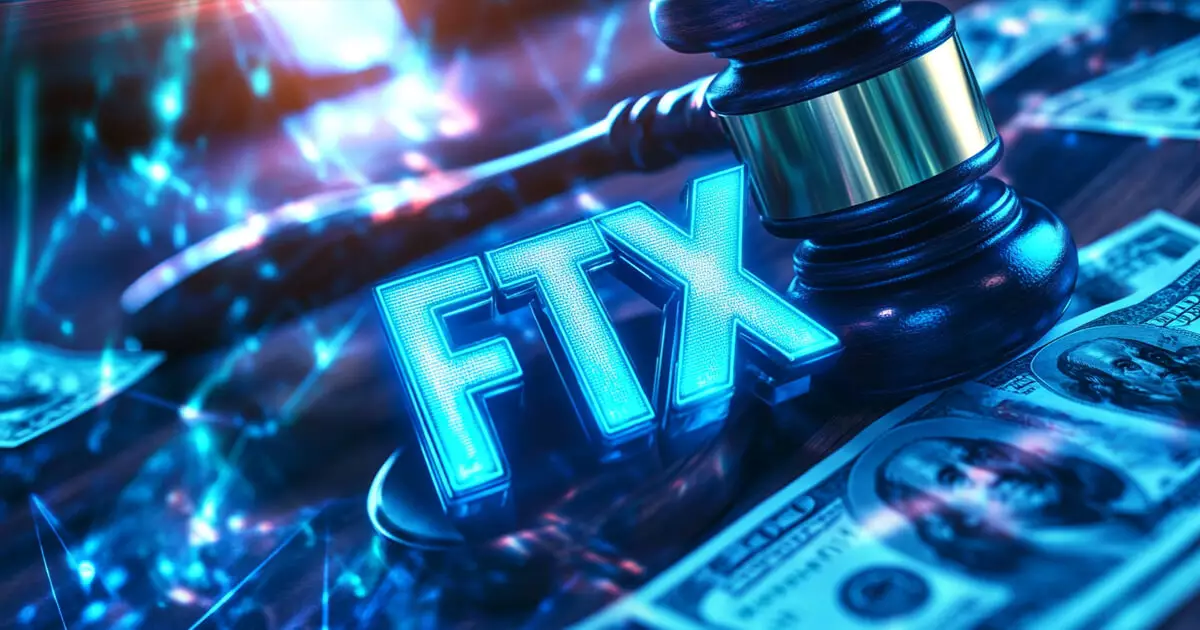FTX, the cryptocurrency trading platform that suffered a catastrophic collapse in November 2022, has charted a hopeful course towards recovery. In an announcement that comes as a sigh of relief to countless creditors and customers, FTX and its associated debtors revealed they are aiming to finalize their Chapter 11 Plan of Reorganization by January 2025. This plan is anticipated to lay the groundwork for the disbursement of funds to those affected by the company’s downfall. With a structured timeline in place, stakeholders can expect crucial developments as early as the end of this year.
The plan includes coordination with specialized distribution agents, with final arrangements expected to conclude in December. This step is crucial, as it will empower customers from participating jurisdictions to create accounts through the FTX customer portal, ensuring streamlined access to their potential reimbursements. Coupled with this is the anticipation of a definitive reimbursement schedule, which will be disclosed once court approval for a key element known as the Disputed Claims Reserve Amount is obtained. Analysts highlight that this systematic approach reflects a methodical effort to restore trust and confidence in the embattled exchange.
Disbursement Strategy and Customer Prioritization
The initial round of distributions is slated to commence in January 2025, with the first beneficiaries being those categorized under the Convenience Classes. As legal proceedings unfold, it has been made clear that the primary priority remains with FTX customers, a decision that underscores the company’s commitment to rectify past grievances. The role of US Bankruptcy Judge John Dorsey has been pivotal; during a recent court hearing in Wilmington, Delaware, he endorsed a recovery plan valued at an impressive $16.5 billion.
Such a robust recovery plan offers a beacon of hope, though projections suggest a potential decline to $14.7 billion after cash conversions are factored in. The mitigation of competition for assets between government regulators and individual claimants has been a point of contention; however, the approved plan aims to prioritize customer claims, creating a more favorable outcome for FTX’s clientele.
Lessons Learned from FTX’s Collapse
The crux of FTX’s downfall can be traced back to the mismanagement of customer funds by its founder, Sam Bankman-Fried, and a cadre of executives. Their reckless financial practices and ill-advised investments led to a staggering loss for around 9 million customers and investors, leaving a significant mark on the cryptocurrency landscape. The insolvency served as a stark reminder of the vulnerabilities inherent in the digital asset space and the dire consequences of lapses in governance.
As FTX embarks on this road to recovery, it symbolizes both a lesson learned and a chance for redemption. The slated distributions represent not only a financial recalibration but also an opportunity to rebuild trust. With every step forward, stakeholders, creditors, and customers alike watch closely, hoping for a turnaround that brings a semblance of normality back to an industry marred by controversy. The journey ahead is undoubtedly steep, but with strategic planning and execution, there is potential for a historic recovery that could set a precedent for the future of cryptocurrency exchange governance.

